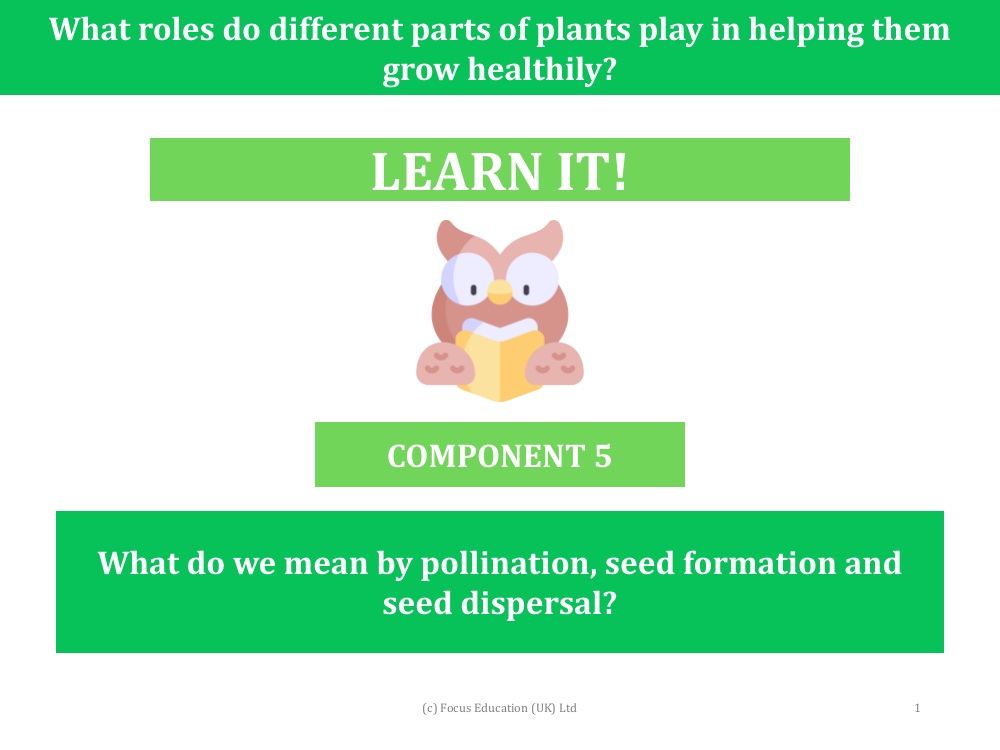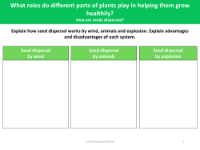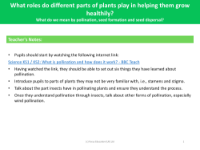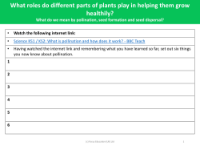What do we mean by pollination, seed formation and seed dispersal? - presentation

Science Resource Description
Pollination, seed formation, and seed dispersal are essential processes in the life cycle of plants, playing critical roles in their growth and reproduction. Pollination is the transfer of pollen from the male part of a flower, the stamen, to the female part, the stigma. This process can occur within the same plant, known as self-pollination, or between different plants of the same species, referred to as cross-pollination. Seed formation occurs after successful pollination, with seeds developing at the base of the pistil, in the ovule. Seed dispersal is the subsequent stage where seeds are spread away from the parent plant to grow in new locations, ensuring species survival and genetic diversity.
The stamens and stigma are crucial for pollination. Stamens, the male reproductive parts, produce pollen, while the stigma, the top part of the female pistil, often has a sticky surface to capture pollen. Pollen transfer is frequently facilitated by animals such as bees, butterflies, and hummingbirds, which visit flowers for nectar and inadvertently carry pollen from one flower to another. Plants that rely on animal pollinators typically exhibit bright colours and strong scents to attract these creatures. Alternatively, some plants use wind for pollination, which involves different adaptations. Students are encouraged to explore the differences between insect and wind pollination and to present their findings in a clear and accessible manner, using scientific terminology and peer collaboration to refine their understanding.




